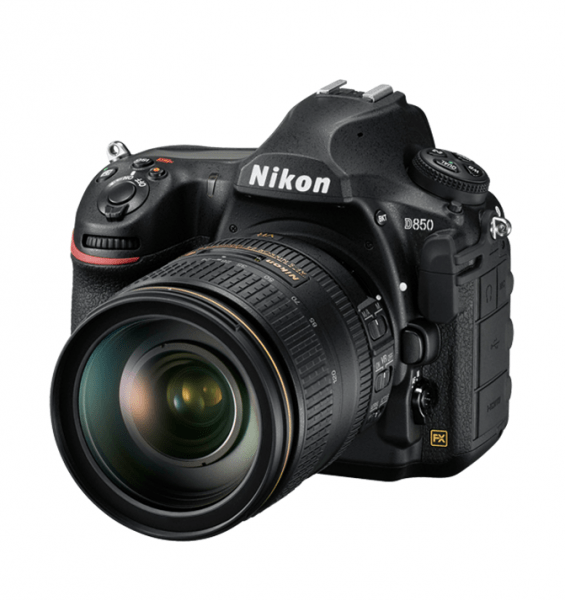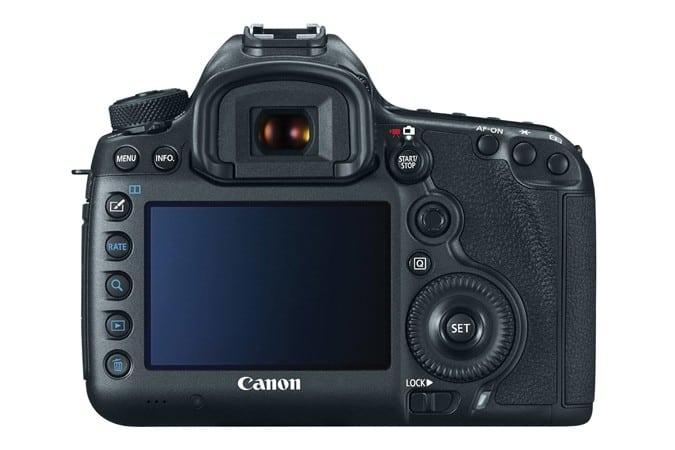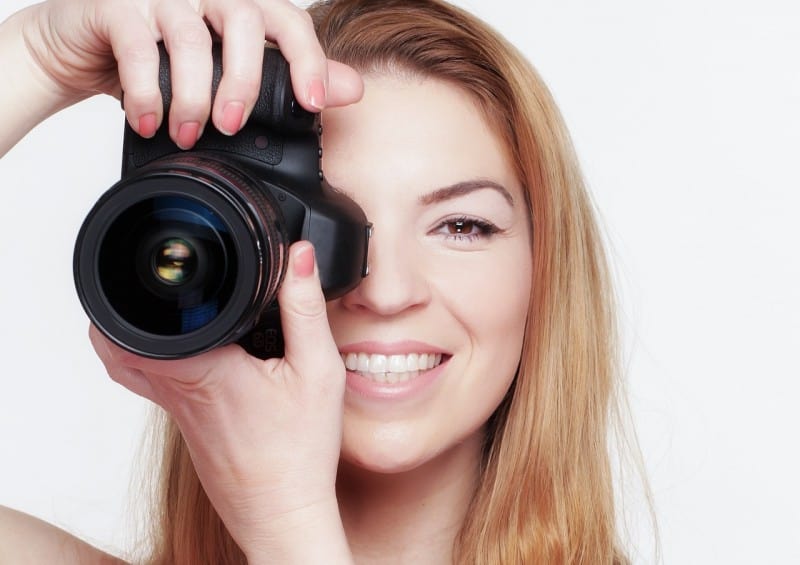Last Updated on January 13, 2019
Anyone who wishes to buy a DSLR camera these days will have tough time choosing, thanks to the range of choices available from different makers. While there is a tendency to pick a camera based on the popularity of a certain brand, you should go deeper than that. In fact, you should answer a couple of questions before you go on a search.
Questions to Ask Before Buying a DSLR
- What is your skill level? Are you a beginner? Do you have any experience with other kinds of cameras? Are you shifting from using a smartphone camera to a DSLR? Answering questions like these will help narrow down your choices. Entry-level cameras are geared towards beginners while experienced users can choose between intermediate or professional models.
- What are your usual photography subjects? This might be difficult to pin down, but having an answer to this question can help you choose a camera that fulfills your needs, especially in terms of lens and accessory offerings.
- What do you want out of a DSLR camera? Do you want a camera that takes good still photos? Are you also interested in shooting video with your DSLR? Answering those questions can help you decide which model suits you best.
- What is your budget? Decide on how much you are willing to spend on a DSLR, whether you are paying for it in cash or credit card.
- Are you looking for a camera body only or a camera kit? Beginners usually start with a kit while more experienced users go for the body only because they already have a stash of lens and accessories that will work with the body.
Camera Technologies to Consider
After you’ve answered the necessary questions, decide on the technologies you’d like in a DSLR camera:

Nikon D850 DSLR
Sensor
These are important because they dictate the amount of light needed to create an image. DSLRs are available in APS-C or full-frame image sensors. Both sensors are big and can create exceptional images. With the full-frame sensor being bigger, it can perform better in low-light situations.
Monitors
The rear monitor lets you review images, compose shots, and access the menu. It would be helpful if the camera offers coverage of the entire frame, but not all cameras offer such a feature. Size is also important, with most cameras now equipped with 3.0-inch monitors. Plus, some monitors have touchscreen capability, which is useful for those switching from smartphones.

Canon EOS 5DS
Stabilization
This can be incorporated in the lens or in-camera. The latter provides stabilization no matter the lens being used, which is helpful for handheld shooting.
Autofocus
The focusing method used in DSLRs determines how fast it can lock onto a subject. Many cameras now have multiple AF points, with some being cross-type points.
Accessories
Think about how you will use your camera. Some allow microphones to be connected for better sound quality while other models support optional battery grips.
Buying a DSLR isn’t meant to be taken lightly. If you don’t want to regret your purchase, think really hard about what you want to get out of it then make a comparison and ask around. From there, you can have a better idea of what DSLR is the right fit for you.
Submit your review | |



